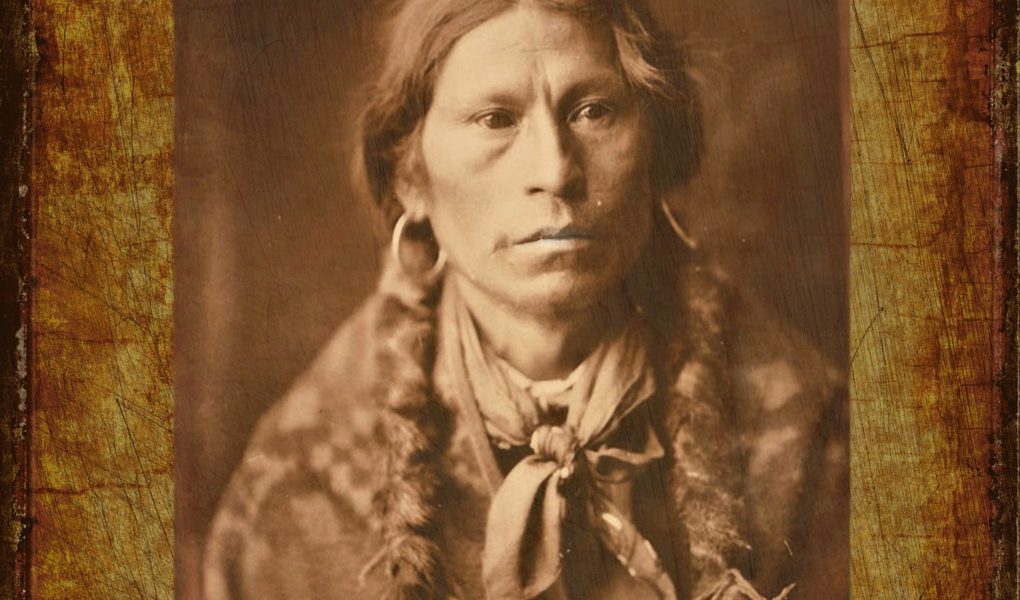The American Indian Movement, known as AIM, is a movement formed in 1968 in the city of Minneapolis to address issues of sovereignty, leadership and treaties concerning American Indians.
History of the movement
The movement was founded by Dennis Banks, Clyde Bellecourt, Eddie Benton Banai, Russell Means and George Mitchell. Frustrated by discrimination and decades of federal policy towards Indians, they came together to discuss the critical issues that held them back and to take control of their own destiny.
At the heart of AIM is a deep spirituality, Indian sovereignty, cultural renewal and a belief in the connectedness and unity of all Indians. The movement also aims to build their strength against policies that are unfavourable to them.
Commitments of the movement
AIM hoped to change the oppressive social structure, emphasizing the importance of reclaiming traditional Aboriginal beliefs. The movement encourages communities to reconstruct their notions of personal and collective identity, and to reclaim their Indian identity. This will create a sense of unity and solidarity.
In its early years, AIM also protested against racism and civil rights violations against Native Americans. The American Indian Movement has organized communities and created opportunities for people throughout the Americas and Canada. Its main commitment is to fight for the civil rights of Native Americans.
Actions of the movement
- Alcatraz takeover 1969-1971
When Richard Oakes and Indian students from San Francisco State University claimed Alcatraz Island as their own by what they claimed was a « right of discovery ». The occupation attracted the attention of the civil rights movement. It proved that Native Americans are powerful and highlighted the injustices faced by indigenous peoples while promoting ethnic pride.
- Protests in front of the Federal Bureau of Indian Affairs in 1972.
They were aimed at drawing attention to American Indian issues such as living standards and treaty rights.
- Wounded Knee takeover (1973)
The place where, at the end of the 19th century, soldiers massacred a Sioux settlement. The activists hoped to dramatize the miserable conditions on the reservation surrounding the town.
- « Longest Walk » spiritual march from Alcatraz to Washington, DC
In support of tribal sovereignty and to draw attention to the 1978 anti-Indian legislation.
The movement today
AIM continues its work to this day, denouncing injustices and working to improve the living conditions of Native Americans.
On Instagram (@aimmovt), the association is very present, posting almost every day about their march, or whatever they are planning to do to make themselves heard. They share messages for the protection of Native Americans, nature and territories.
AIM today may not have much impact, but its presence is very comforting to Native Americans and ensures that what indigenous people have done in the past is still recognized today.
By Tendry Randriamparany
If you liked this article don’t hesitate to visit their instagram account and to read my other article about Saudi Arabia.



[…] If you liked this article don’t hesitate to visit UNICEF’s page about Myanmar and to read my other article about the American Indian Movement. […]